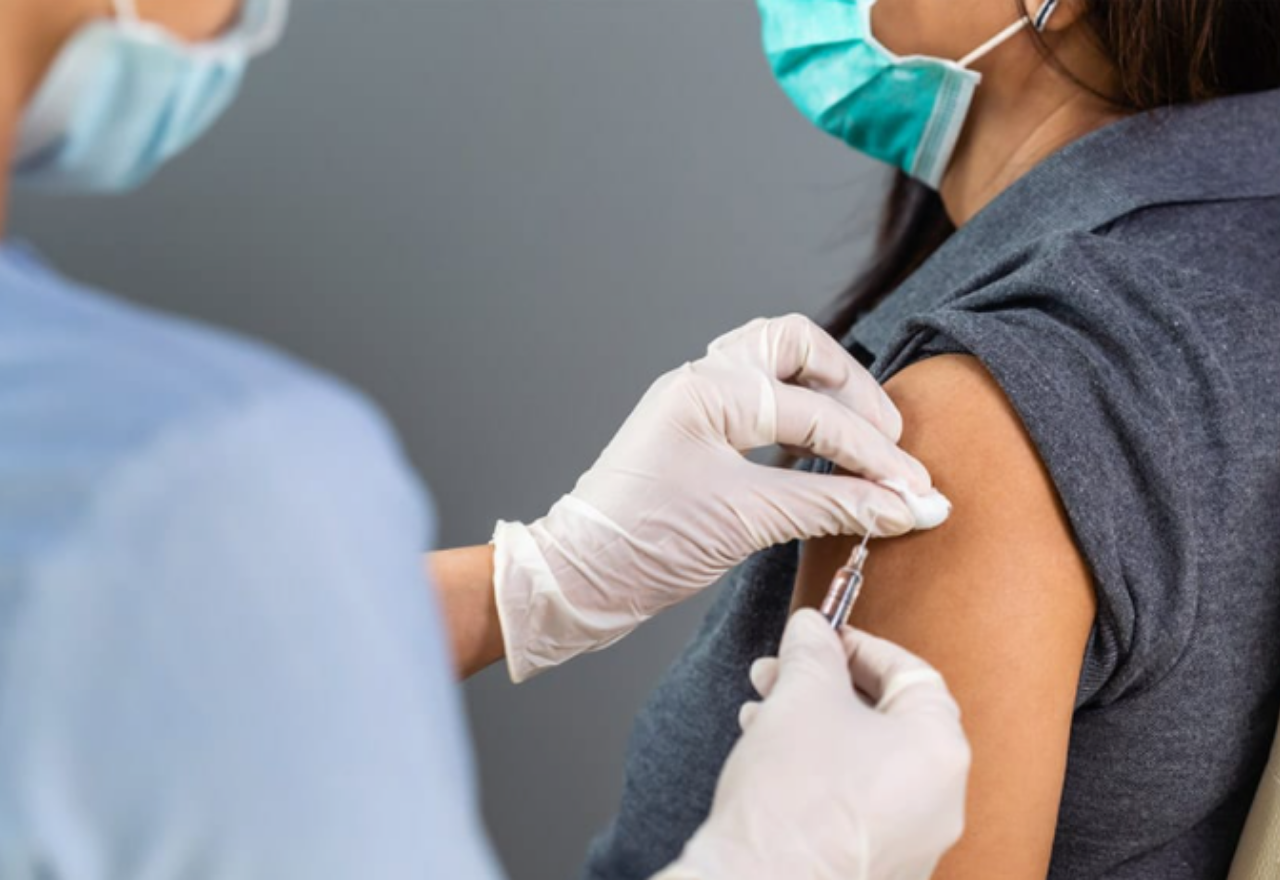Government spending on public health activities returns to pre-pandemic levels
04 November 2025, 7:59 PM
 A COVID-19 vaccination in 2021
A COVID-19 vaccination in 2021Government spending on public health activities in Australia is returning to previous levels after surging during the COVID-19 pandemic, according to a new report published today by the Australian Institute of Health and Welfare (AIHW).
The report, Government expenditure on public health activities in Australia 2023–24, presents a new decade-long view of funding by the Australian Government and state and territory governments between 2013–14 and 2023–24.
Public health expenditure is a component of Australia’s broader health spending that focuses on preventing disease, promoting health and protecting populations, rather than treating individuals.
Total government expenditure on public health activities in Australia was $5.4 billion in 2023–24, a 30% or $2.3 billion decrease from 2022–23. This equates to $201 per person.
The proportion of government public health expenditure to total government health expenditure was 2.9% in 2023–24, similar to pre-pandemic levels, and below the 5% target envisaged in the National Preventive Health Strategy.
‘Public health spending grew modestly during the pre-pandemic period, rising 2.5% each year on average,’ said AIHW spokesperson Geoff Callaghan.
‘This growth accelerated significantly during COVID-19, peaking in 2020–21, before returning to pre-pandemic levels.’
Of the $5.4 billion spent in 2023–24, the Australian government funded $3.4 billion, and state and territory governments contributed $2.0 billion.
In 2023–24, organised immunisation and communicable disease control continued to account for the highest levels of expenditure, at $2.4 billion and $0.9 billion.
Over the 10-year period, the fastest growth rate occurred in communicable disease control in 2020–21, which rose by about 280% in real terms from 2019–20, mainly driven by government spending on the COVID-19 response.
‘This report is a new and important resource for tracking how governments respond financially to emerging public health threats and how that spending evolves over time,’ Mr Callaghan said.
The AIHW has recently published the following health expenditure reports:
- Health expenditure Australia 2023–24
- Health system spending on disease and injury in Australia 2023–24
- Health system spending per case of disease and for certain risk factors

